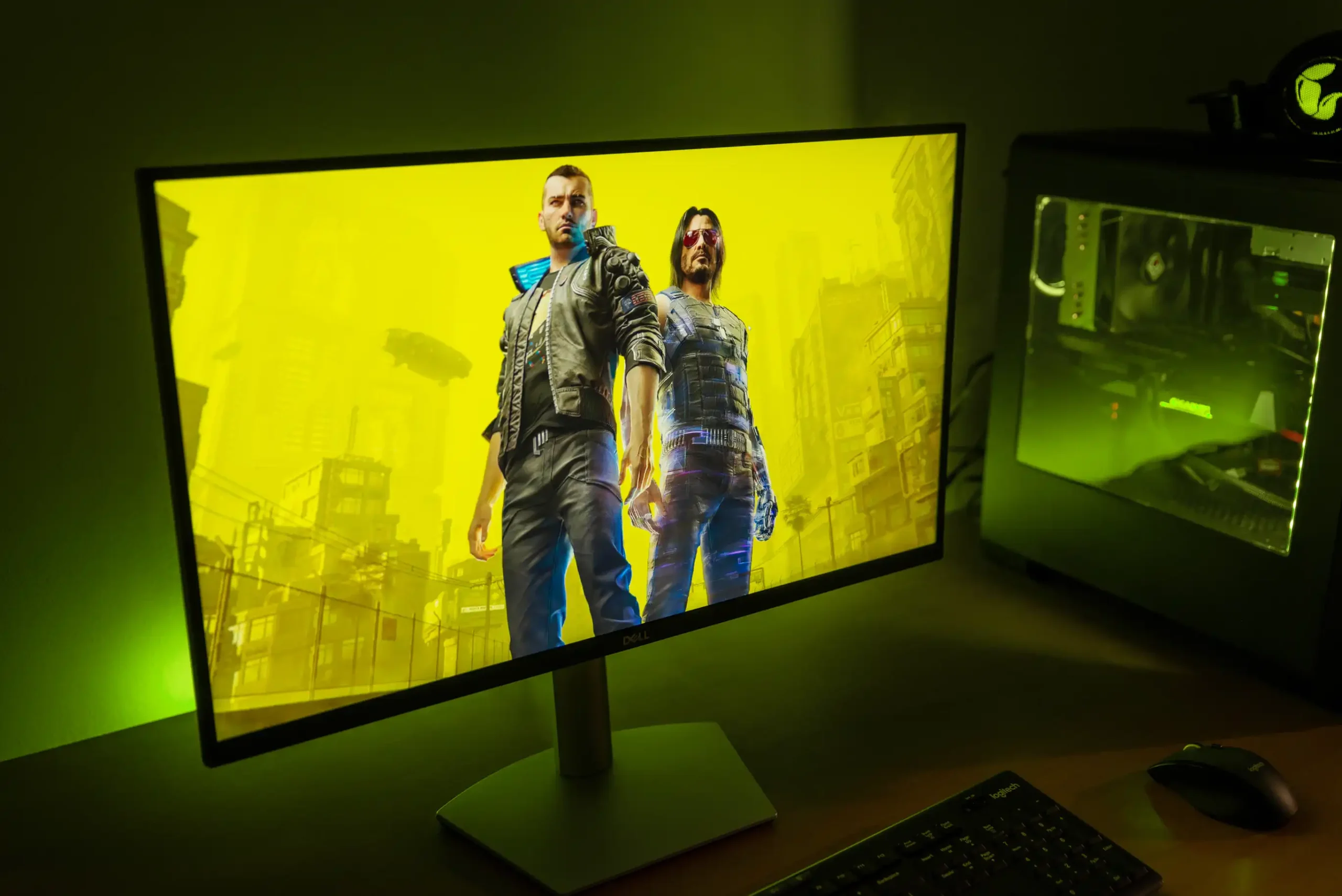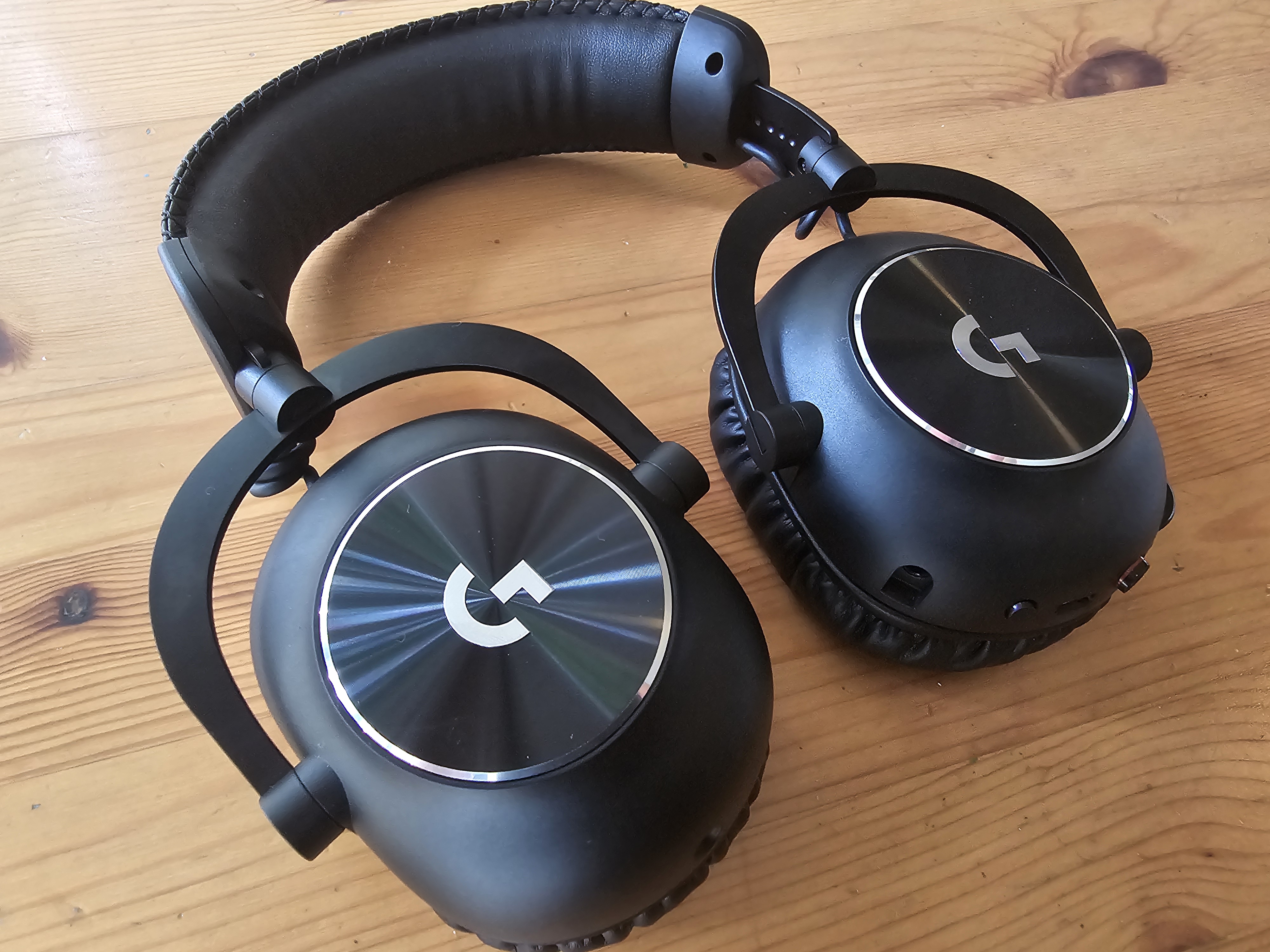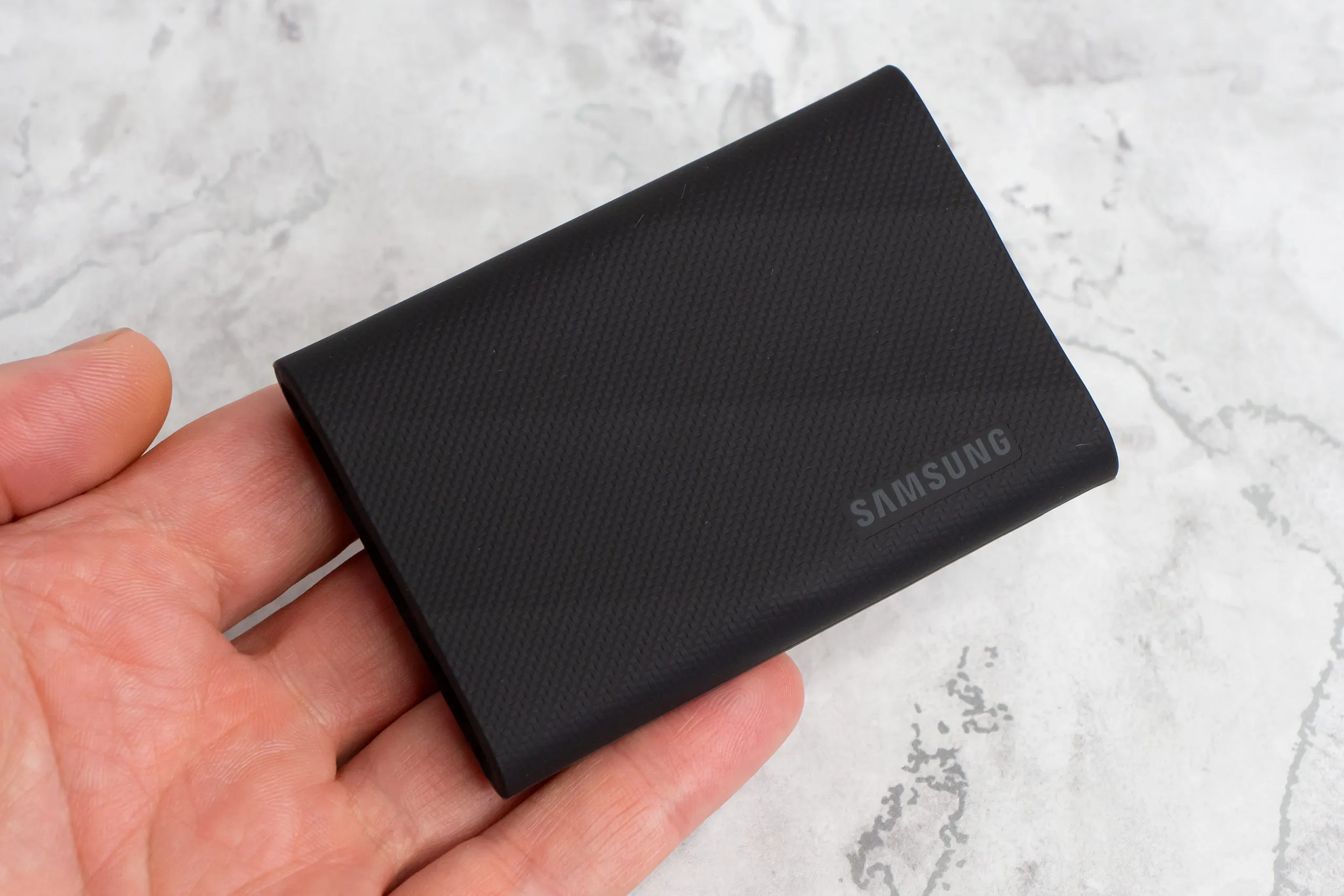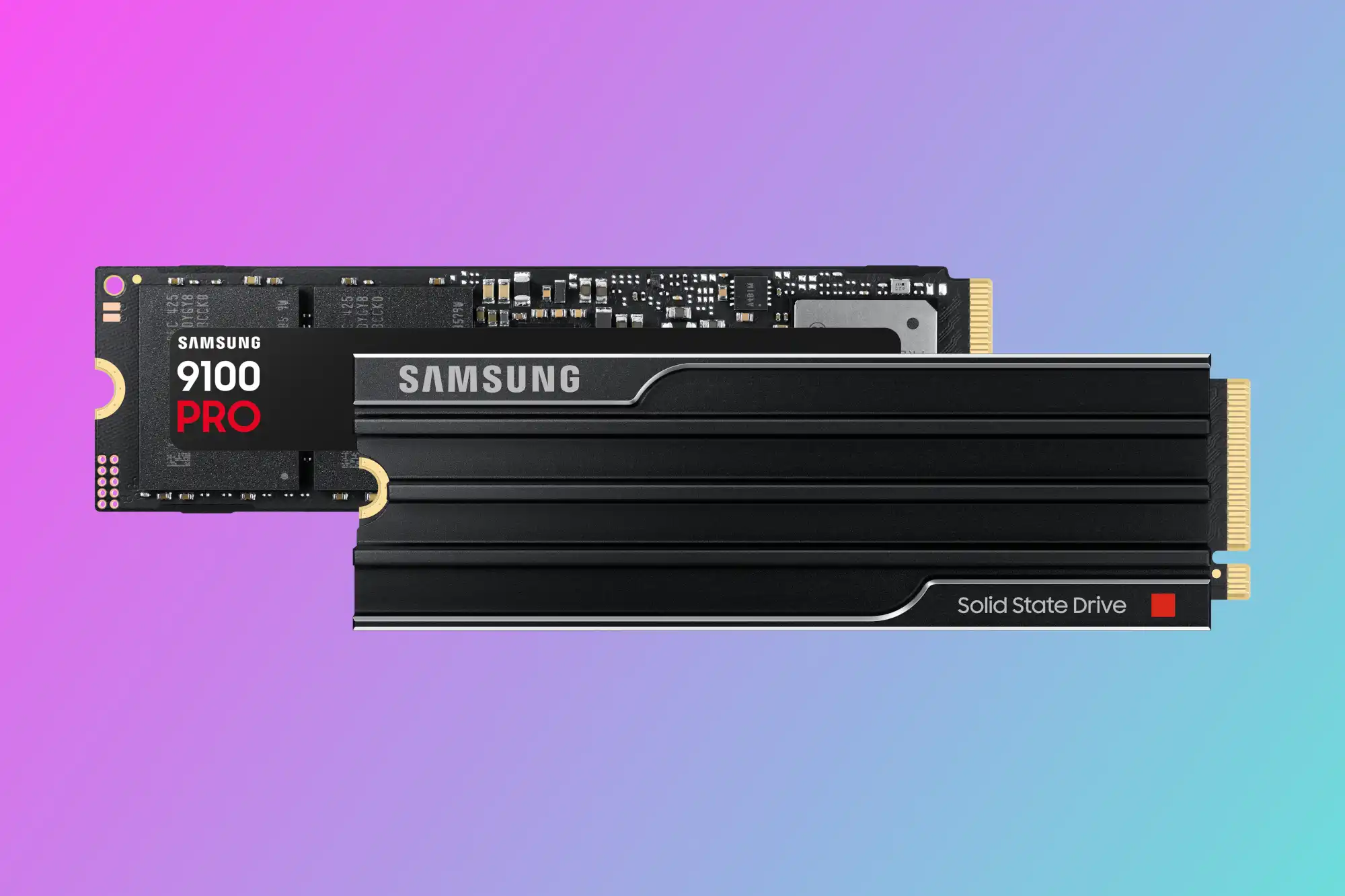Giving credit where it’s due!
Imagine a world where a car is speeding up directly behind you but your hearing only extends to either side of you. It’s a frightening thought, isn’t it? Yet it’s not too far off what we’ve had to endure for decades now in games.
You could just as easily sub out the word “car” for “zombie,” “monster,” “dragon,” or any other kind of game foe, too.
So, I’m just going blurt out my raw opinion: Audio has traditionally taken a backseat to graphics in many games. There… that feels better. But, I do get why that’s been the case…
That a game developer can cause my adrenal glands to flood my body with more of the flight and fight hormone is quite an extraordinary thing…
I mean, it’s true that we live in such a visual world that game developers have naturally prioritized pixels over audio pings. When I look at some of the gorgeous 4K games that have hit our shelves in the last few years — games like Cyberpunk 2077 — I can’t complain, either. The evolution of visually stunning graphics has obviously been a necessary thing to drive game innovation — I mean who doesn’t wanna see a talking vending machine in 3840x2160p?
But we hit a point a while back now where I ceased to be amazed by just gorgeous graphics. Indeed, it’s time to give credit to something else that’s been driving engagement. Yup, take a bow, 3D spatial audio.
The benefits of 3D spatial audio are many.
For starters, technologies like Dolby Atmos for headphones and Windows Sonic have opened a whole new world to my gaming, morphing them from simple linear, roughly approximated auditory experiences into rich sound extravaganzas.
In a literal sense the fact that I can now hear sounds from 17 directions instead of just four really does make them a zillion times more riveting.
That I can hear zombies at my 11 o’clock as well as at 3 o’clock in Resident Evil 2 makes the fantasy a whole lot more believable. Yes, other games have had grotesque flesh-eating undead humans in them too, but these ones sound like they’re actually moving in my 3D space — in my living room, or even in my bedroom, wherever I happen to be playing at the time.
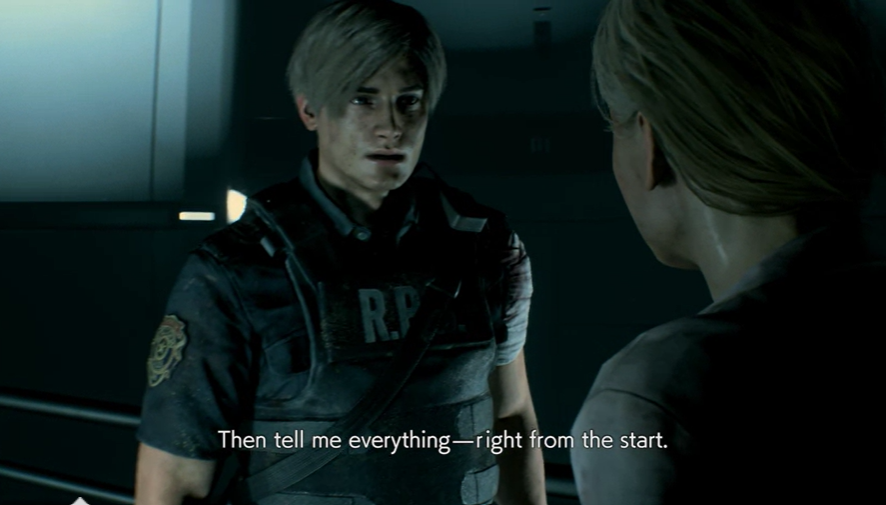
Capcom
In a nutshell, with 3D spatial audio, developers have found a way to hack more of my biological processes (Matrix style) to keep me more engrossed than I ever have been before. In some cases, they quite literally leave me shaking in my boots.
But 3D spatial audio is more than just a cool new way to hear games like I’ve never heard them before. Indeed, it has become an effective storytelling technique that gels perfectly with the kind of games that I love to play — the engrossing cinematic kind.
Hellblade Senua’s Sacrifice is a classic example of where that happens. The game uses 3D spatial audio to put voices in your head and thereby enhance the game’s narrative about your character — a crazed Viking warrior who has descended into hell to help her lost lover. It also uses 3D audio in combat scenes, so they become quite frantic.

Ninja Theory
The way it works at captivating me deserves praise. That a game developer can cause my adrenal glands to flood my body with more of the flight and fight hormone is quite an extraordinary thing.
Another effective 3D spatial audio technique that developers use gets me every time, too. It’s where the audio starts out utilizing the 3D enhanced directionality of 3D spatial audio then collapses down to a single direction — in some cases so that only my player’s breath, or their beating heart is audible (a la Sniper Elite 5).
I call this the claustrophobia effect. Suffice to say, it sounds like my own breath or heart, which makes the action and story more palpable.
Then there’s the way 3D spatial audio enhances environmental sounds like gunfire and passing cars in RPG games like Cyberpunk 2077. If you like a full shopping mall kind of auditory experience where sounds are emanating from every direction — yup, 3D spatial is where it’s at.
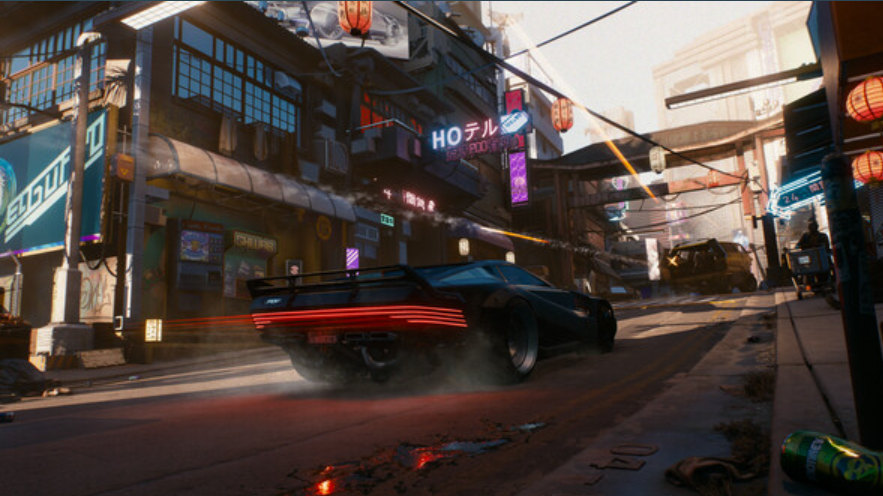
CD Project Red
But these things are arguably the lesser realized advantages of 3D spatial audio. A more common use is simply competitive advantage. That advantage can be quite big. For me the added directionality allows me to pinpoint explosions, gunfire, and player footfalls in multiplayer matches tons easier than if I had just stereo audio.
That’s no more evident than in Rainbow Six Siege, where I find myself listening like a hawk for the chance of hearing players change from prone to standing, crossing different floor types, and deploying gadgets like flashbangs, to home in on their locations.
But 3D spatial audio also helps with environmental awareness of objects too. The 3D audio anchors them and provides a persistent presence to targets. Indeed, I’ve found it a lot easier to locate objectives in games like Battlefield V, so much so that I’m no longer wandering aimlessly.
That’s not to say that spatial audio technologies are flawless. It can be a minefield to sift between the different types with their varying hardware and game compatibilities. What’s more, they work differently, too. Reddit is flooded with anecdotes about that.
But when you find one that works a treat, it’s gold. DTS Headphone: X 2.0 is one of my favorites. I’ve been loving using it with the Logitech G Pro X Lightspeed headset these past couple of weeks. It’s especially great for games that support Microsoft’s spatial sound API, where I get a full 3D effect — even from above.
So, if you haven’t tried 3D spatial audio, give it a go. But be sure to do your homework and find one that’s compatible with the games you’re playing. After that, load up a game and feel ALIVE!

